It is understood that although Brazil is in the southern hemisphere and is located in the tropics, according to normal circumstances, Brazil has four seasons a year, and from June to September every year, winter will come.
However, this year, due to the influence of the El Nino phenomenon, there are signs that winter has come ahead of time. Therefore, on April 18, the Brazilian National Meteorological Research Institute announced that the first cold wave of 2024 is about to come, and the cold feeling will be felt first in the southern region, and then it will extend to the southeast and central regions.
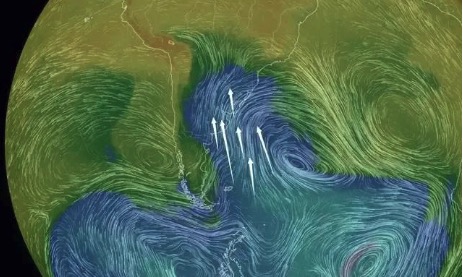
In addition, cities such as Curitiba, Rio de Janeiro, São Paulo, and Vitória will experience a drop in temperature, and the temperature drop may exceed 10 ℃, and the temperature may be around 10 ℃ to 17 ℃.
In addition, in the southern regions such as the Rio Grande do Sul state, the Santa Catarina state, and the southern part of the Parana state, it is expected to see frosts. According to the meteorological department, the cold peak that leads to the future temperature drop is associated with an external cyclone and has already caused a large amount of rainfall in the southern region.
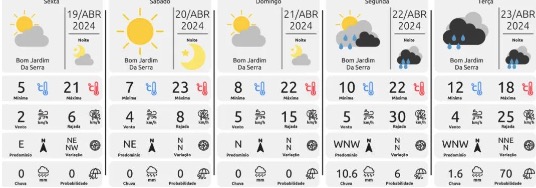
However, according to the data from the Epagri/Ciram institution that monitors the meteorology in the Santa Catarina state, in the mountainous area of Bom Jardim da Serra city in the Santa Catarina state, the lowest temperature recorded in the morning was 1.95 ℃, and the morning temperature in the Urupema city of the state was only recorded at 2.52 ℃. According to the statement of the civil defense department, there has been a phenomenon of frost. According to the department’s data, in the mountains of the Santa Catarina state and the high-altitude areas in the west, and some areas of the Parana state, the minimum temperature reached 5 ℃, which is enough to cause the phenomenon of frost, so a notice was issued to remind local residents to pay attention and farmers to be on guard against the impact of frost on crops.
In addition to the concerns about the recent weather changes, there are also concerns about the future. According to the latest weather forecast from the latest weather forecast of the Meteorological Service Climate Prediction Center, a La Nina weather will form during the period from June to August, and the La Nina weather will last throughout the second half of the year.
Brazil predicts that the return of the La Nina phenomenon may lead to a reduction in rainfall and a cooler weather in the southeastern region of Brazil, and an increase in rainfall and humidity in the northeastern region. The cold weather will cause a rapid drop in temperature in coffee and other crop-producing areas, which will bring the disaster of frost and damage the output of coffee and other agricultural products in the current and future seasons.
According to botany experts, when there is frost, the temperature drops sharply, and the water in the plant cells will crystallize and form sharp crystals, which will pierce the cell membrane and cell wall and damage the plant cells. It will also cause damage to some plants in the dormant period, destroy the cell wall and tissue structure, and make them unable to grow and bloom normally. Frost will also cause a certain degree of damage to the fruits of crops, resulting in a decrease in fruit quality, deformation, and cracking of the fruit peel, ultimately affecting the yield of crops.
In addition, as early as 2021, Brazil has experienced the worst frost in nearly decades, causing huge damage to crop producing areas such as coffee, sugar cane, and corn, and pushing up the prices of a series of crops such as sugar, corn, and coffee. Therefore, the recent weather department has already issued a warning to remind farmers to take preventive measures.
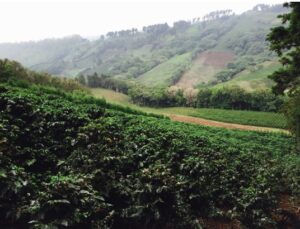
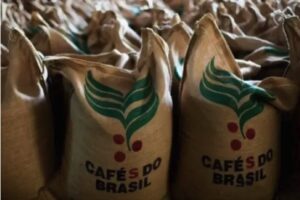
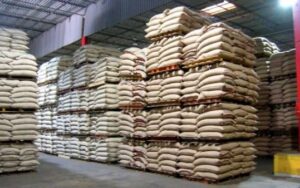
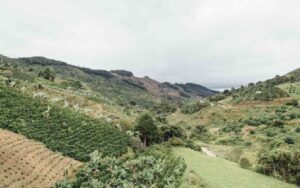
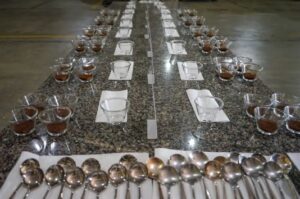

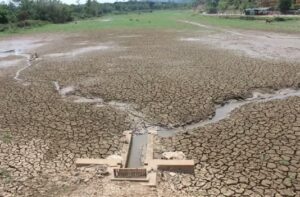
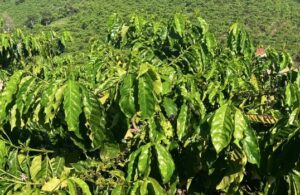
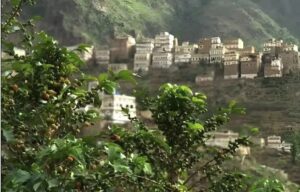

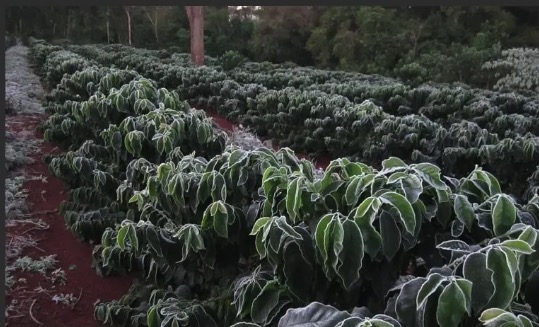
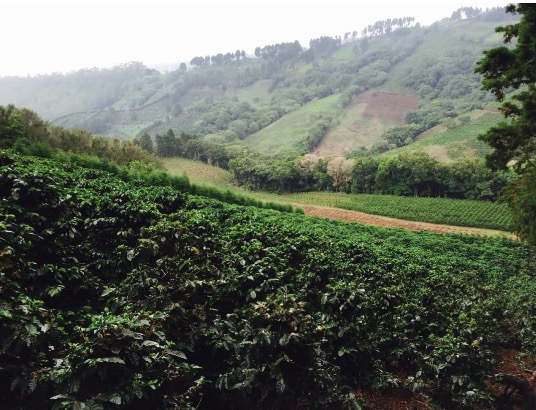
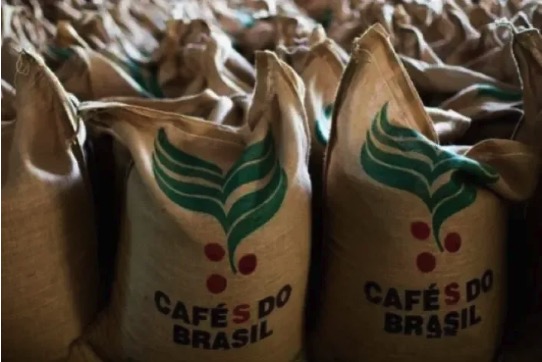
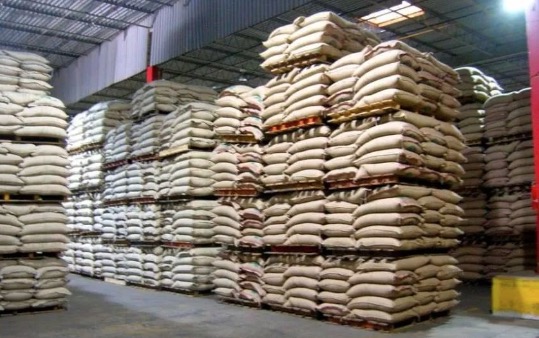
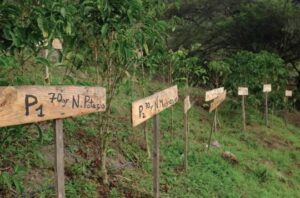
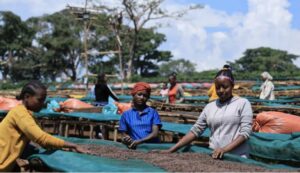
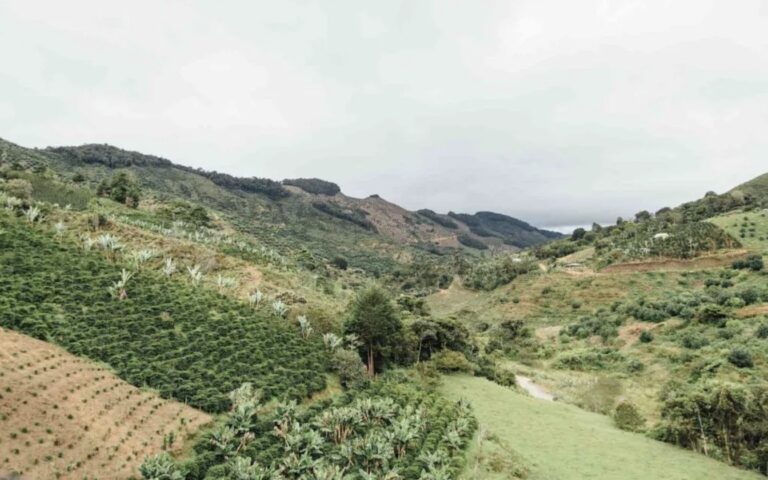
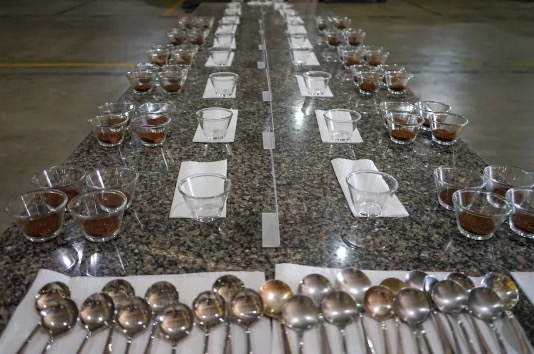
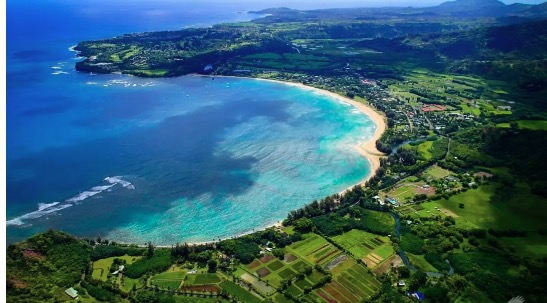
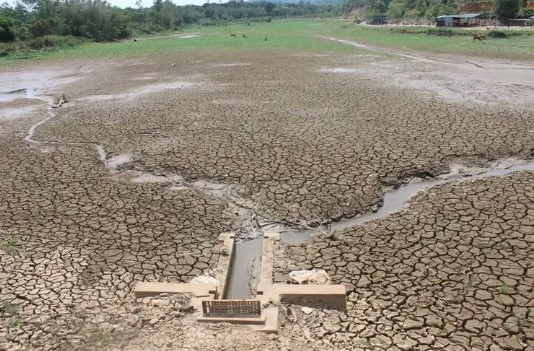
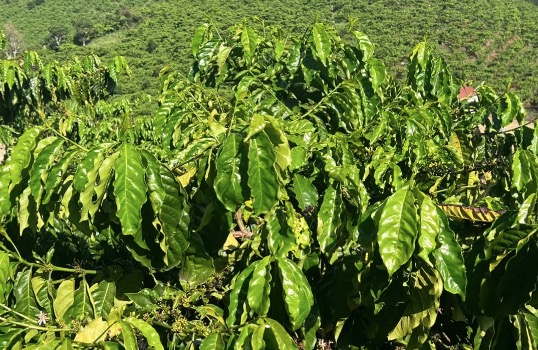
+ There are no comments
Add yours